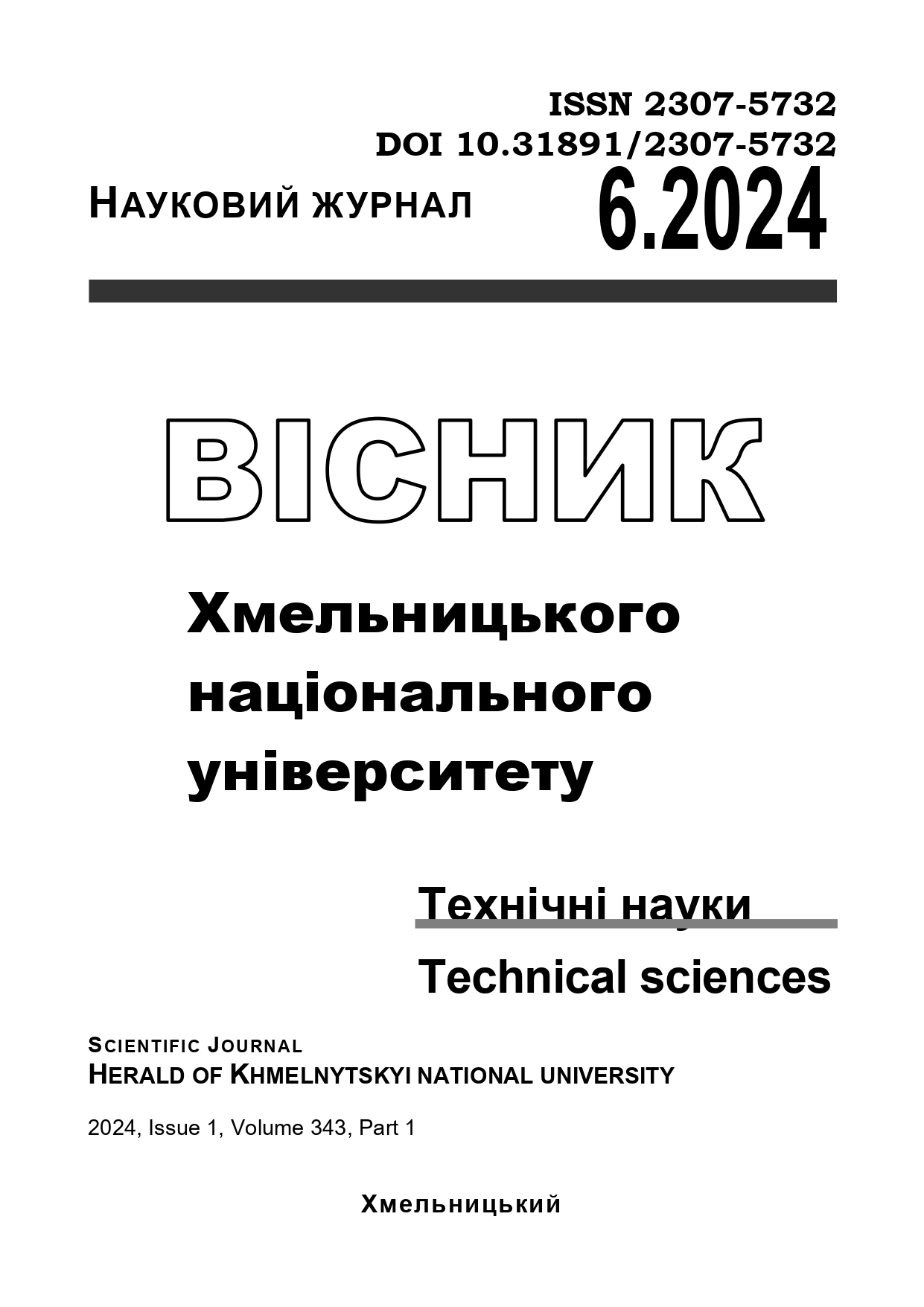NEURAL NETWORK DIAGNOSIS OF PTSD OSTENTS IN TEXTUAL CONTENT USING AN ERROR-ORIENTED TRAINING DATASET
DOI:
https://doi.org/10.31891/2307-5732-2024-343-6-30Keywords:
neural network, PTSD diagnosis, textual content, training datasetAbstract
The article reviews the current state of scientific research in the field of neural network diagnosis of posttraumatic stress disorder ostents in textual content. Given the low level of diagnosis of posttraumatic stress disorder ostents by means of natural language processing, the way to neural network diagnosis of posttraumatic stress disorder ostents in textual content was proposed with increased resistance to confusion of posttraumatic stress disorder with other mental disorders by creating a training data set containing texts with a high manifestation of posttraumatic stress disorder in the target category, and in the orthogonal category, in addition to ordinary texts without ostents of posttraumatic stress disorder, texts with other mental illnesses.
For neural network diagnosis of posttraumatic stress disorder ostents in textual content, a data set was formed by combining and criterion-based filtering of data based on existing data sets, which includes 3374 records. The neural network for diagnosing posttraumatic stress disorder ostents was trained for 100 epochs with early stops to protect against overtraining, and the best model was saved throughout the training history. The training batch size was 64, the dictionary size was 2000 tokens.
To study the effectiveness of the proposed way to neural network diagnosis of posttraumatic stress disorder ostents in textual content using an error-oriented training dataset, the Google Colab cloud service, which supports various libraries for quantum computing, and the Cirq library were used. The created useless application confirmed the effectiveness of the developed approach to neural network diagnosis of posttraumatic stress disorder ostents in textual content using an error-oriented training dataset. According to the conducted efficiency study, it was possible to achieve the following values for the metrics: Accuracy 0.85, Precision 0.87, AUC 0.88, which is better than existing analogues. The developed wayhas limitations, namely, it works only with English-language texts, however, if training data in other languages are available, this limitation can be removed.

